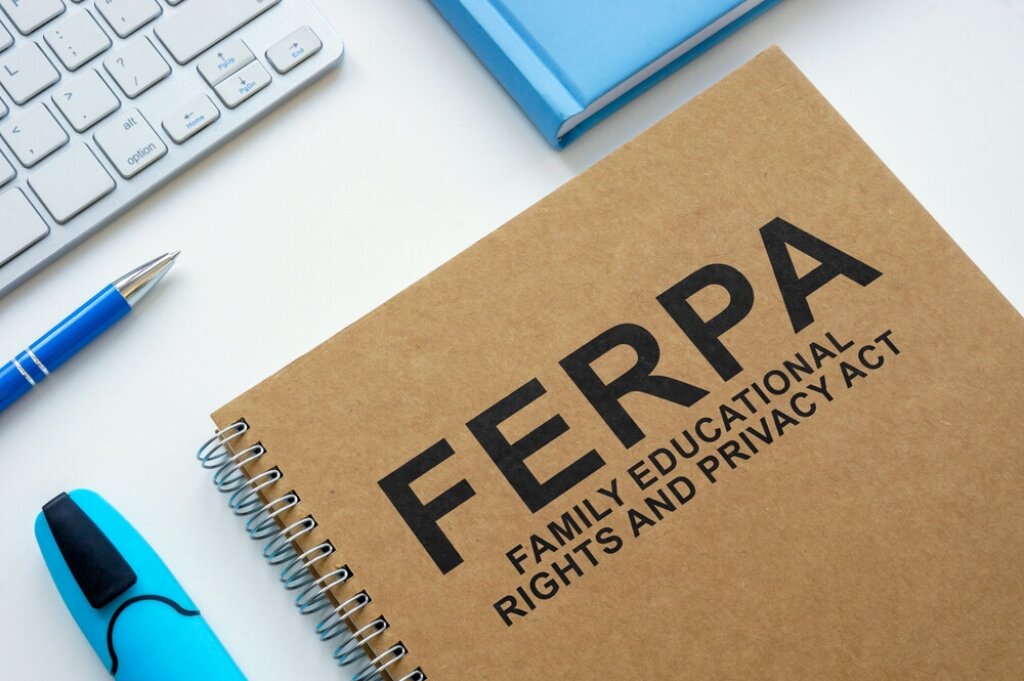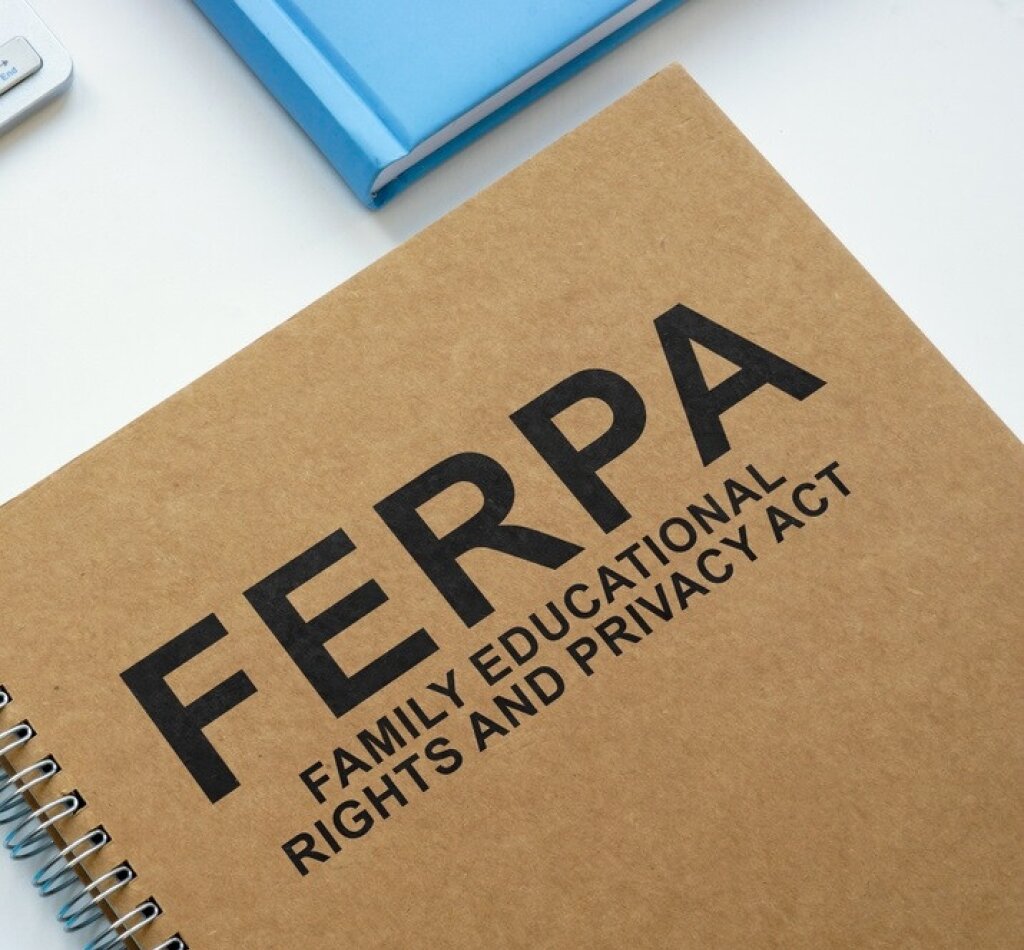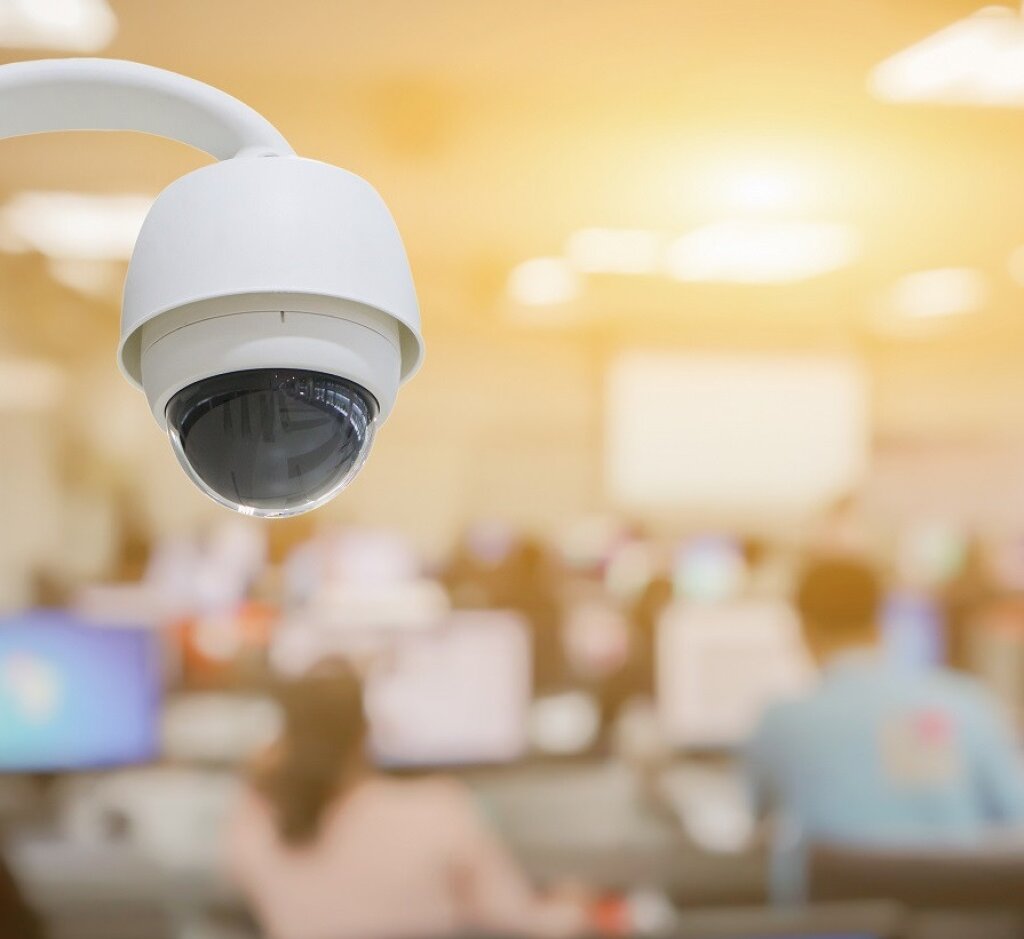Schools FERPA Protocols: Essential Redaction Tools
At Facit, we have seen a significant uplift of interest in the past 12 months in compliance redaction tools, and have been re-engaging with schools around the USA as they seek to strengthen their FERPA protocols for video processing as well as document and data handling.
What is FERPA?
The Family Educational Rights and Privacy Act (FERPA), enacted in 1974, is a U.S. federal law that protects the privacy of student education records. It applies to all schools receiving federal funding under programs administered by the U.S. Department of Education. FERPA grants parents certain rights over their children's education records, which transfer to the student once they turn 18 or enrol in post-secondary education, when they become "eligible students."
Key Provisions of FERPA:
Access Rights
Parents or eligible students have the right to inspect and review education records maintained by the school.Amendment Rights
They can request corrections to records they believe are inaccurate or misleading.Consent for Disclosure
Schools must generally obtain written consent before sharing education records, though there are exceptions (e.g., sharing with other schools for transfer purposes, health and safety emergencies, or officials with legitimate educational interests).Directory Information
Schools can disclose "directory information" without consent unless parents or eligible students opt out.

What Constitutes Personal Data under FERPA
FERPA defines personal data as "personally identifiable information (PII)" from students' education records. This data includes any information that can directly or indirectly identify a student or that is linked to the student's identity. Here are few specific examples of what constitutes personal data under FERPA:
Key Categories of Personal Data Under FERPA
Direct Identifiers:
Student’s name, parent or family member names, address, Social Security Number (SSN).Indirect Identifiers
Date of birth, place of birth, mother’s maiden name.Other Linked Information
Grades, disciplinary records, schedules, health information.Data That Could Enable Identification When Combined
FERPA imposes strict requirements to protect personal data from unauthorized disclosure, requiring schools to obtain written consent before sharing any PII unless an exception applies (e.g., a health or safety emergency).
How Videos Are Classified as Personal Data Under FERPA
Personal data under FERPA includes videos if the video is considered part of a student's education record and contains personally identifiable information (PII) about the student.
FERPA applies to videos when they are:
Directly Relate to a Student
The video contains the student's image, voice or other information that identifies them directly.
The video is used to document an event in which the student is involved, such as a disciplinary action, classroom performance or athletic participation.Maintained by the Educational Institution
The video is kept by the school, district or a party acting on behalf of the school (e.g., a contracted service provider).
The video is part of the student's education record or used for decision-making about the student.
Examples of Videos Considered Personal Data Under FERPA
Surveillance footage showing a student engaging in a disciplinary incident.
A classroom recording that features a student answering questions or participating in activities.
Videos of a student during physical education classes, dramatic performances or team sports.
Recordings used as evidence in disciplinary hearings or evaluations.
Exceptions and Limitations
Videos Relating to Multiple Students
If a video includes multiple students, FERPA gives parents and eligible students the right to view the portion that pertains to the requesting student.
Schools are not obligated to provide access to other students' PII without proper consent.
Videos containing PII, therefore, are treated with the same confidentiality as other education records under FERPA. Schools must ensure these videos are securely stored and shared only with authorized individuals.
What is Driving Current Interest in FERPA and Redaction Tools?
The Milford School District in Massachusetts is an example of an educational body, like many others, that faces challenges with privacy compliance owing to evolving regulations and the increasing need to manage digital data responsibly.
Recent developments in the district's technology and data policies include the integration of tools like PowerSchool for student data management and the use of parent portals, which demand adherence to stricter data security measures and privacy protocols.
These new systems provide real-time access to attendance, grades and other sensitive information, which necessitates robust encryption and user authentication processes to prevent data breaches
For districts like Milford, compliance challenges require ongoing staff training, clear communication with families about data policies, and the adoption of comprehensive privacy frameworks that align with both state and federal regulations.
Balancing technological advancements with privacy and security compliance is a key area of focus.
Progressive schools naturally seek to extend data protection and privacy protocols to their video processing, to ensure that all personal data is protected and FERPA-compliant.
What Changes to FERPA are Creating Challenges for Schools?
Recent changes and guidance related to FERPA have created notable challenges for schools. These changes, driven by technological advancements and heightened concerns over data privacy, require schools to adapt their policies and practices. Key developments include:
Integration with Health Records
New guidance clarifies the overlap between FERPA and the Health Insurance Portability and Accountability Act (HIPAA), especially concerning student health records. While FERPA often governs health records within schools, distinctions between "education records" and "treatment records" have introduced compliance complexities. This is especially true for schools with on-site health clinics or third-party healthcare providers, where dual compliance with FERPA and HIPAA may apply.Data Security Mandates
Schools are under increasing pressure to safeguard sensitive student data against cyber threats such as ransomware and phishing. FERPA compliance now strongly emphasizes the implementation of robust cybersecurity measures, such as encryption, access controls and regular risk assessments. These measures aim to prevent unauthorized access to personally identifiable information (PII), but they also require significant investment and staff trainingEmerging Digital Tools
The growing use of educational technology has expanded the scope of FERPA compliance. Schools must ensure that ed-tech vendors comply with FERPA and other data privacy laws, such as the Children’s Online Privacy Protection Act (COPPA). This requires vetting vendor contracts, managing third-party access to student data and maintaining transparency with parents about data useDirectory Information and Parental Consent
Schools face challenges in managing "directory information," which FERPA allows to be shared under specific conditions without explicit consent. This requires careful policy updates to balance operational needs and parental rights, particularly as awareness of data privacy grows among families.
These FERPA changes demand increased administrative oversight, legal consultation and technological infrastructure, which can strain school resources.
Schools must prioritize staff training, develop comprehensive privacy policies and regularly review compliance efforts to meet evolving requirements.
FERPA’s 50th Anniversary, 2024: Summary
As FERPA marks its 50th anniversary, it remains a cornerstone of student privacy protection, balancing transparency in education with the evolving challenges of a digital era.
From its origins as a response to concerns over improper record access, FERPA has adapted to address issues like cloud storage, cyber threats and complex health and safety scenarios.
FERPA has undergone several notable changes since its enactment in 1974 to address evolving educational practices, technology and privacy concerns. Three significant changes in FERPA's history are:
1. Expanded Access for Law Enforcement and Safety Concerns (2008 Amendments)
The 2008 amendments clarified the conditions under which schools could disclose educational records without consent in cases of health and safety emergencies.
These changes arose in part due to incidents like the Virginia Tech shooting in 2007, which highlighted the need for schools to share information with law enforcement or other authorities during crises.
2. Integration of Technology and Cloud Computing Protections (2011 Guidance)
In 2011, the U.S. Department of Education issued new guidance addressing third-party service providers and student data privacy in light of increasing use of cloud storage, online learning platforms and other educational technologies.
3. Protection of Directory Information and Opt-Out Clarifications (1990s-2010s)
Over the years, there have been increasing clarifications around directory information (e.g., names, addresses, phone numbers) and students’ and parents’ rights to opt out of having such information shared.
These changes reflect FERPA's adaptation to modern challenges, balancing privacy rights with practical needs for safety, technological integration and external accountability.
However, FERPA’s founding principles - protecting student data and empowering families - continue to guide its relevance. Celebrating its half-century legacy highlights FERPA’s adaptability while underscoring the need for ongoing reforms to keep pace with technological innovation and privacy expectations.
Why are More Schools Seeking Privacy Redaction Tools?
Schools are increasingly seeking out privacy redaction tools owing to mounting challenges in securing sensitive student and staff data. This surge can be attributed to a combination of factors:
Rising Data Privacy Concerns
Schools handle vast amounts of sensitive information, including student records, health data and personal identifiers. The growing number of cyberattacks targeting these records, often for financial gain, has heightened the need for advanced redaction solutions.
Many institutions faced breaches, making robust tools essential to comply with data protection laws and prevent exposure of private information.Regulatory Compliance Requirements
Schools are under pressure to meet stricter data privacy laws, such as those outlined in FERPA and state-level legislation. These regulations demand careful handling of information shared internally and externally.
Automated redaction tools help ensure compliance by systematically removing identifiable data before documents are shared.Technology Integration and Challenges
The proliferation of educational technologies, with schools now using thousands of apps monthly, has increased vulnerabilities. These tools collect, store and transmit data, which can be targeted by malicious actors.
Automated redaction systems enable schools to manage data securely while maintaining operational efficiency.Past Redaction Failures
Many organizations, including schools, have experienced high-profile failures with manual or poorly implemented digital redaction methods. Such incidents have exposed hidden information due to residual data in redacted documents.
Historical redaction failures have pushed schools to adopt more sophisticated, automated redaction software that reduces processing time, eliminates human error and strengthens the security of documents and video footage when shared.
Privacy, regulatory and technological factors, coupled with advances in automated redaction technologies, have made compliance tools a critical investment for schools navigating the complex landscape of data security in 2024 and 2025.
Facit Redaction Tools for Schools
In conclusion, navigating strict FERPA regulations is a critical responsibility for educational institutions striving to protect student privacy and maintain compliance. The increasing volume of digital records, particularly sensitive documents and videos, demands reliable and efficient solutions.
Facit stands out as a trusted partner in this space, and provides state-of-the-art tools for document redaction and video redaction. With its robust technology and proven track record, Facit simplifies the process of FERPA compliance and empowers schools to focus on their core mission: educating students.
If your institution is ready to enhance its data privacy practices and streamline FERPA compliance, contact Facit today. Discover how our tailored solutions can protect your students’ privacy while reducing administrative burdens.
Related Articles



